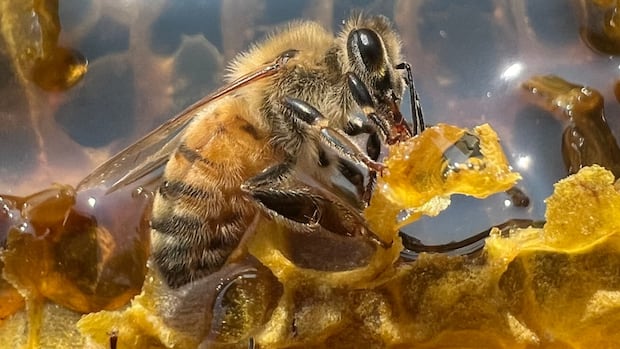Chronic wasting disease has exploded through Alberta’s deer population. Can it be stopped?

Chronic wasting disease is a deadly illness that attacks the brain of deer populations in southern and central Alberta. With a 100 per cent fatality rate, the disease has spread rapidly over the past fifteen years, from a small percentage of animals in a few locations to infecting 50 to 85 per cent of mule deer in some areas.
This mysterious disease is caused by prions, abnormal proteins that clump together in the brain, leading to irreversible damage. Prions are shed in bodily fluids and can be transmitted between animals, posing a significant risk to deer populations. While chronic wasting disease has not been known to infect humans, the potential for transmission is a concern, given the history of diseases like mad cow affecting humans.
Researchers are working tirelessly to understand the disease mechanism and develop strategies to slow its spread. Some jurisdictions have resorted to mass culling of deer to reduce the infected population, while others are exploring the possibility of vaccines to help mitigate the disease. However, distributing a vaccine to wild animals presents its own set of challenges, and it may be several years before a viable solution is found.
Despite these efforts, researchers like Sabine Gilch from the University of Calgary are not optimistic about stopping the spread of chronic wasting disease in the near future. The disease is expected to continue to march westward and northward, increasing in numbers as it goes. While the situation may seem dire, the ongoing research and collaboration between wildlife experts and researchers offer a glimmer of hope for the future.
As the government advises against consuming meat from infected animals, hunters are encouraged to have deer heads tested for chronic wasting disease. By staying informed and taking necessary precautions, we can work together to protect both wildlife populations and human health from this devastating illness.




